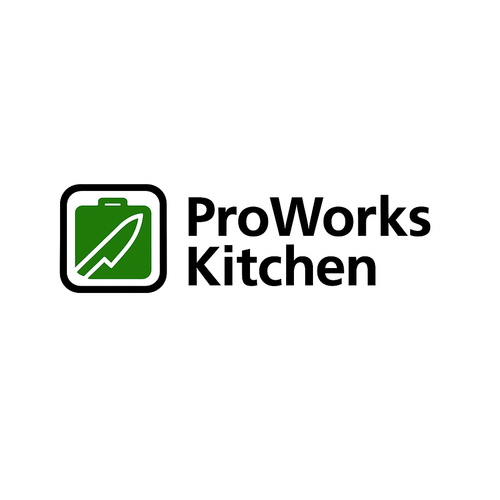Wooden cutting boards have been a kitchen staple for generations, but did you know they could be harboring harmful bacteria right under the surface? While wood is often praised for its durability and knife-friendly surface, it comes with a significant health risk that you may not be aware of: bacteria buildup. Here’s why it’s time to rethink your wooden cutting board and consider a safer, more hygienic option.
The Problem with Wooden Cutting Boards
Wood is a naturally porous material, which means it has tiny openings that can absorb food juices, oils, and moisture. When you cut into a wooden board, you create micro-abrasions in the surface. These micro-abrasions can trap food particles and bacteria, making it nearly impossible to clean effectively. Even after washing, these bacteria can continue to thrive inside the wood, potentially leading to cross-contamination in your kitchen.
How Does Bacteria Grow on Wooden Boards?
While some types of wood, like hardwood, have natural antimicrobial properties, deep knife marks and cracks in the wood can create a breeding ground for bacteria. If you’ve ever noticed stains or odors lingering on your wooden board, it’s a sign that food and bacteria are trapped deep inside, where cleaning can’t reach. Unfortunately, this makes wooden boards a lot more dangerous than they appear.
What Happens If Bacteria Linger?
Bacteria from raw meats, vegetables, and other foods can multiply in these hidden crevices. This increases your risk of foodborne illnesses like salmonella, E. coli, and campylobacter—all of which can be transferred to your food if not properly sanitized. This is why it’s crucial to address the hygiene of your cutting board and consider alternatives that are easier to clean and more hygienic.
The Solution: Stainless Steel and Titanium Cutting Boards
Unlike wood, stainless steel and titanium cutting boards are non-porous and easy to sanitize. Both materials offer a smooth, bacteria-resistant surface that doesn’t absorb food juices or moisture, ensuring that bacteria have nowhere to hide. 304 stainless steel and 99.8% pure titanium cutting boards are not only more hygienic but also durable and long-lasting. With these boards, you can confidently prepare your meals without worrying about bacteria lingering on your cutting surface.
Why Choose Stainless Steel and Titanium?
- Hygiene: No bacteria buildup—just a clean, non-porous surface.
- Durability: Stainless steel and titanium boards last a lifetime with proper care.
- Easy to clean: Simply rinse or wash in the dishwasher for a deep clean.
- No food absorption: These materials don’t trap food or moisture, reducing the risk of cross-contamination.
